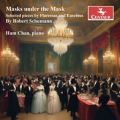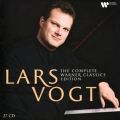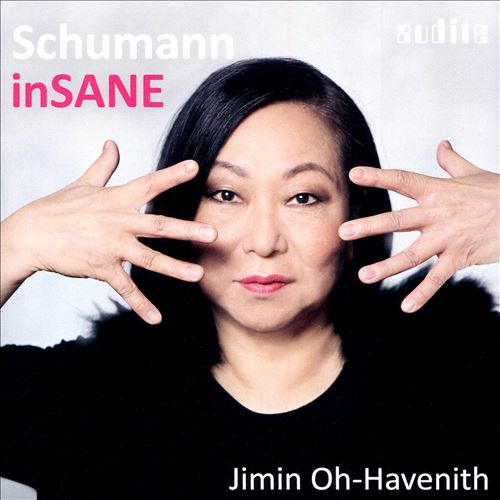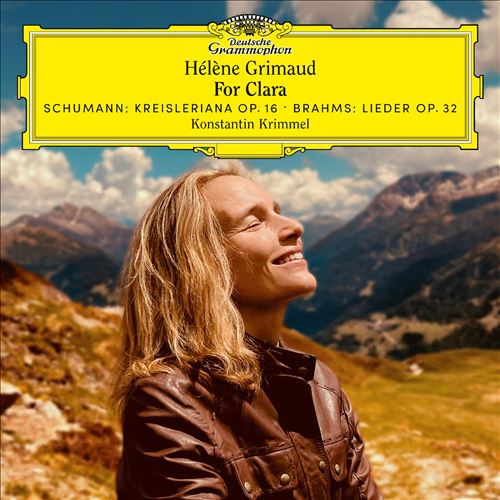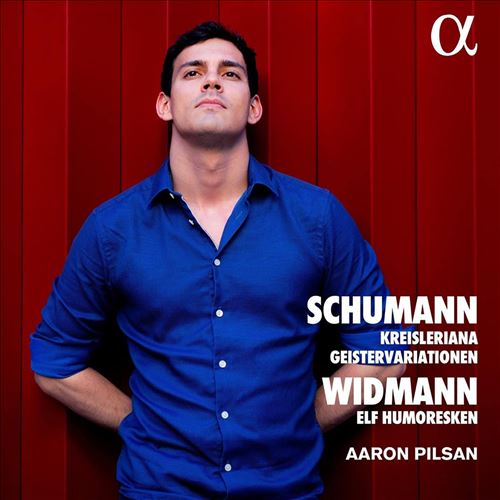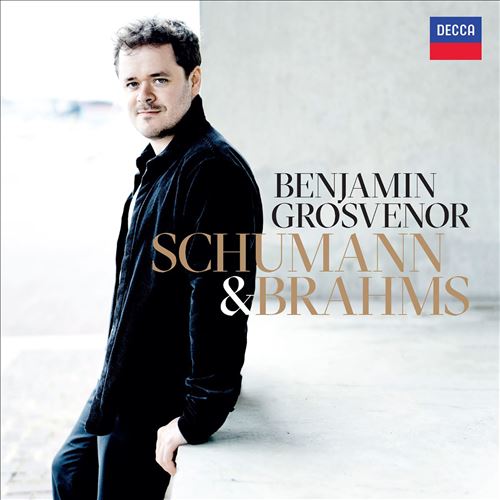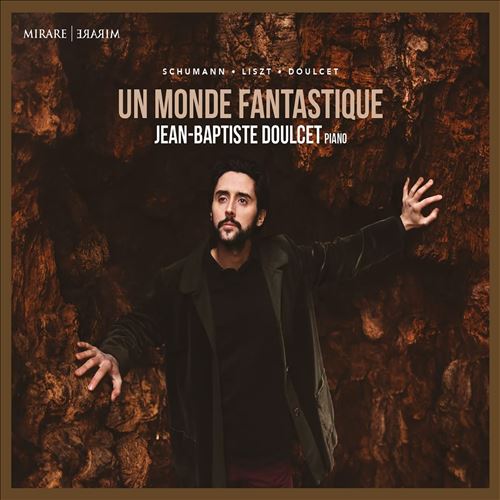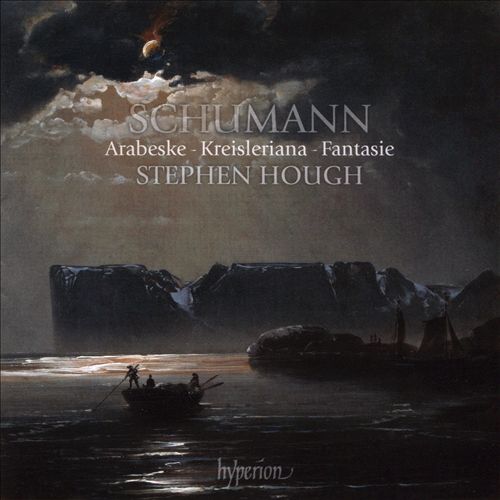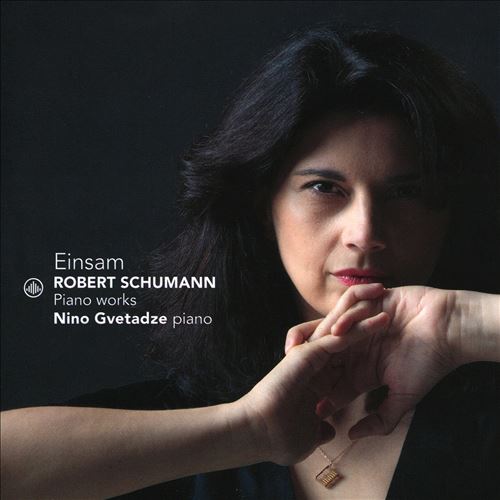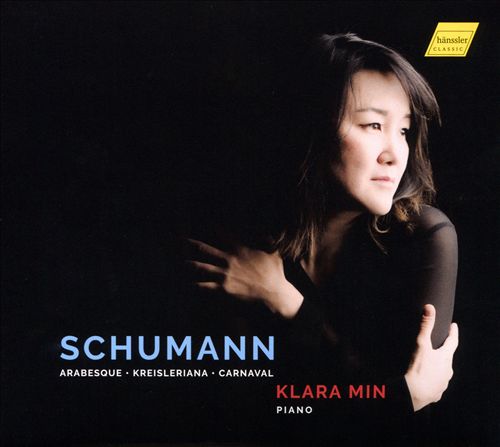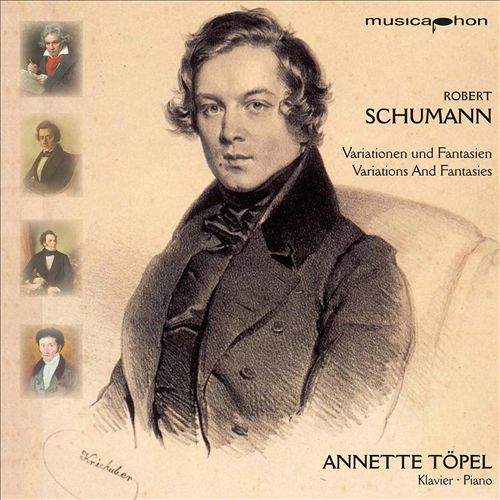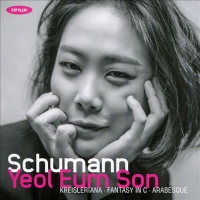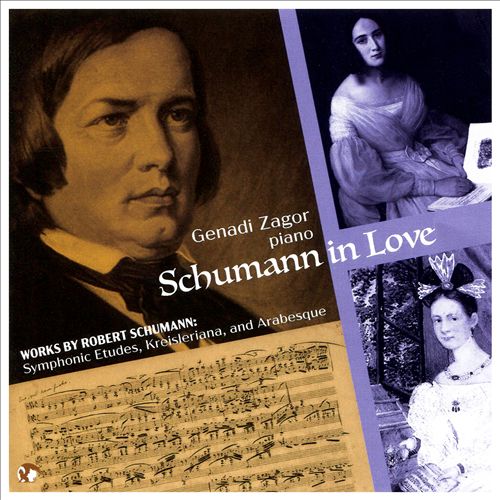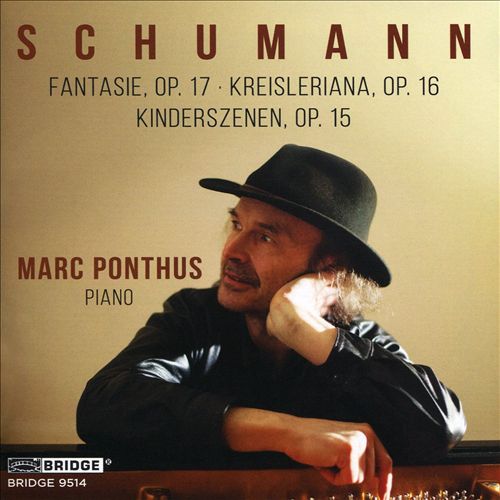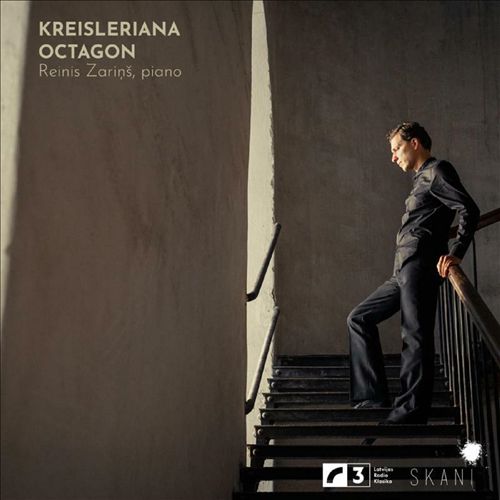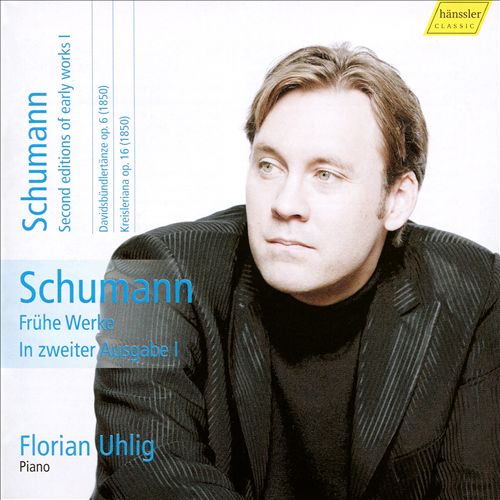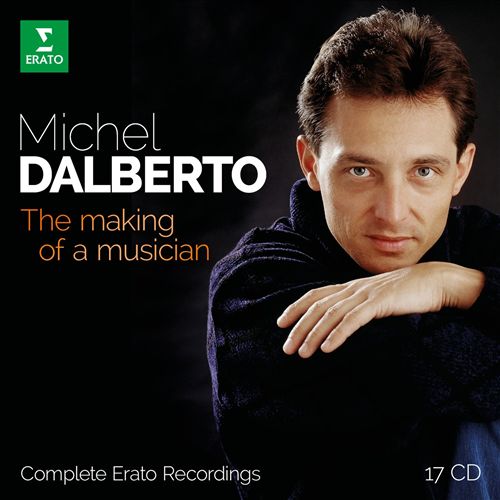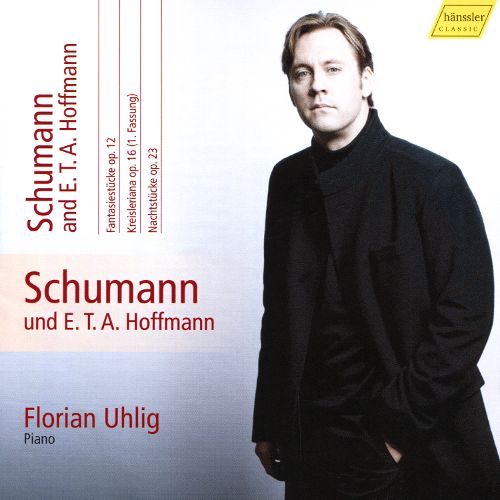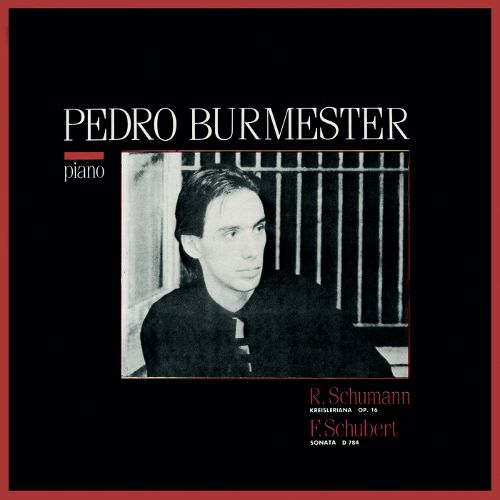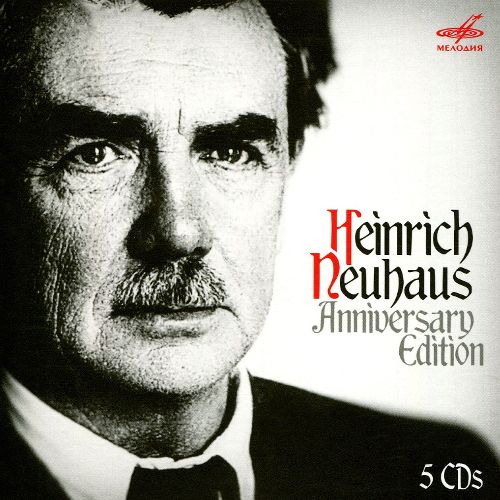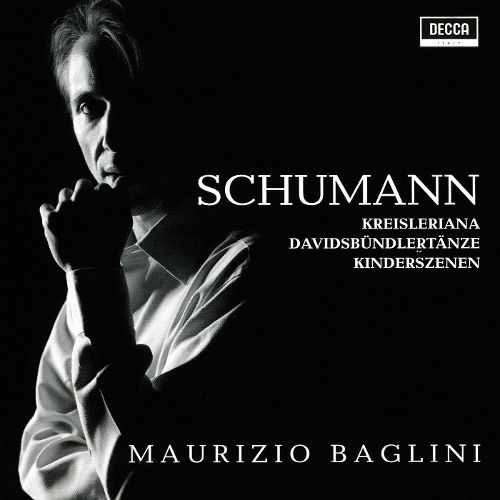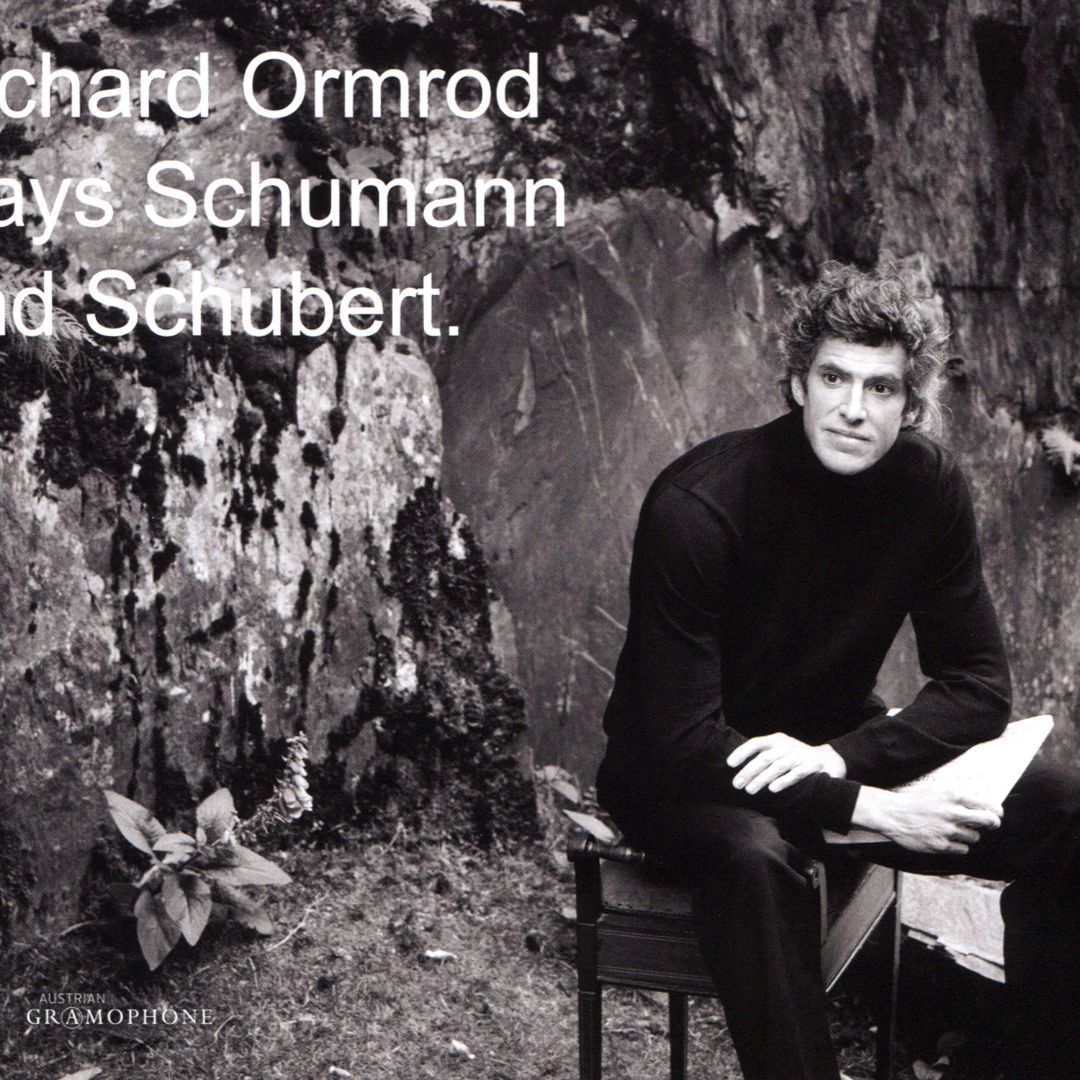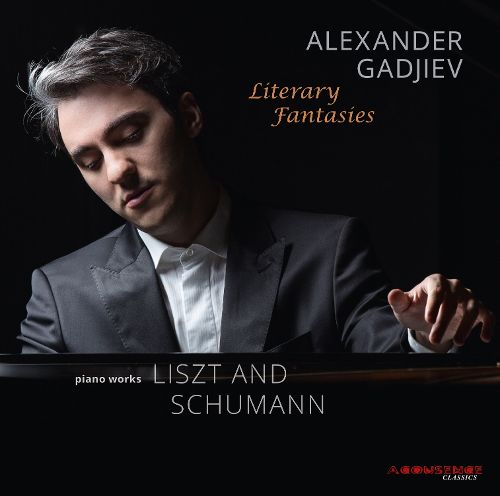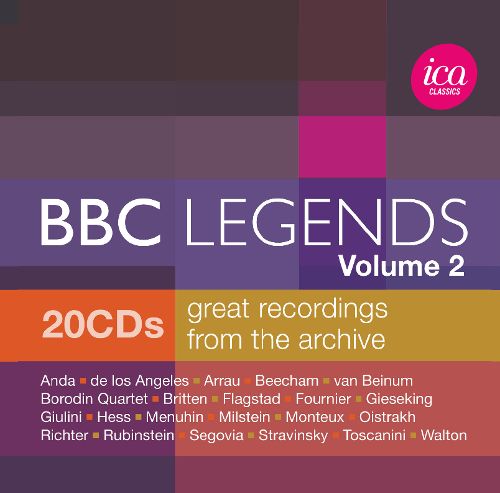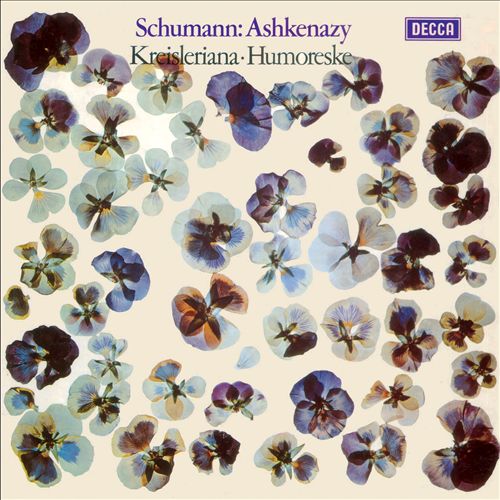Robert Schumann (로베르트 슈만)
Kreisleriana, Op. 16
100
10,000
1,400
WORK INFO
작곡가: Robert Schumann (로베르트 슈만)작곡년도: 1838평균연주: 31:33악장1Ausserst bewegt, in D minor2:352Sehr innig, in B flat major8:113Sehr aufgeregt, in G minor4:144Sehr langsam, in B flat major3:375Sehr lebhaft, in G minor3:076Sehr langsam, in B flat major3:577Sehr rasch, in C minor/E flat major2:138Schnell und spielend, in G minor3:30Kreisleriana, Op. 16, is a composition in eight movements by Robert Schumann for solo piano, subtitled Phantasien für das Pianoforte. It was written in only four days in April 1838 and a revised version appeared in 1850. The work was dedicated to Frédéric Chopin, but when a copy was sent to the Polish composer, "he commented favorably only on the design of the title page". Kreisleriana is a very dramatic work and is considered to be one of Schumann's finest compositions. In 1839, soon after publishing it, Schumann called it in a letter "my favourite work," remarking that "The title conveys nothing to any but Germans. Kreisler is one of E. T. A. Hoffmann's creations, an eccentric, wild, and witty conductor." In 1843, when he had moved from writing for solo piano to much larger works, in particular Paradise and the Peri, he still listed it as one of his best piano works The work's title was inspired by the character of Johannes Kreisler from works of E. T. A. Hoffmann. Like the kaleidoscopic Kreisler, each number has multiple contrasting sections, resembling the imaginary musician's manic-depression, and recalling Schumann's own "Florestan" and "Eusebius," the two characters Schumann used to indicate his own contrasting impulsive and dreamy sides. Johannes Kreisler appears in several books by Hoffmann, including Kater Murr and most notably in the Kreisleriana section of Fantasiestücke in Callots Manier, published in 1814. In a letter to Clara, Schumann reveals that she has figured largely in the composition of Kreisleriana: "I'm overflowing with music and beautiful melodies now - imagine, since my last letter I've finished another whole notebook of new pieces. I intend to call it Kreisleriana. You and one of your ideas play the main role in it, and I want to dedicate it to you - yes, to you and nobody else - and then you will smile so sweetly when you discover yourself in it."Movements
- Äußerst bewegt (Extremely animated), D minor
- Sehr innig und nicht zu rasch (Very inwardly and not too quickly), B-flat major. This movement in ABACA form, with its lyrical main theme, includes two contrasting intermezzi. In his 1850 edition Schumann extended the first reprise of the theme by twenty measures in order to repeat it in full.
- Sehr aufgeregt (Very agitated), G minor
- Sehr langsam (Very slowly), B-flat major/D minor
- Sehr lebhaft (Very lively), G minor
- Sehr langsam (Very slowly), B-flat major
- Sehr rasch (Very fast), C minor/E-flat major
- Schnell und spielend (Fast and playful), G minor. Schumann used material from this movement in the fourth movement of his first symphony.
External links
- Kreisleriana: Scores at the International Music Score Library Project
- Piano Society: Kreisleriana op. 16 Much more detailed analysis and description
- Performance of Kreisleriana by Jonathan Biss from the Isabella Stewart Gardner Museum in MP3 format
From WIKIPEDIA
RELEASED ALBUMS
-
Masks under the Mask by Robert Schumann: Selected pieces by Florestan and EusebiusApril 25, 2025
-
Out of Place: Piano Works by Edvard Grieg, Erich Wolfgang Korngold and Robert SchumannOctober 4, 2024
-
Lars Vogt: The Complete Warner Classics EditionMarch 29, 2024
-
Schumann: inSANENovember 17, 2023
-
For ClaraSeptember 8, 2023
-
Schumann: Kreisleriana; Geistervariationen; Widmann: Elf HumoreskenMay 26, 2023
-
Schumann & BrahmsApril 7, 2023
-
Un Monde Fantastique: Schumann, Liszt, DoulcetNovember 4, 2022
-
In MemoriamSeptember 30, 2022
-
UndersongMarch 25, 2022
-
Facets: Schumann, ChopinOctober 15, 2021
-
Schumann: Arabeske; Kreisleriana; FantasieSeptember 3, 2021
-
Einsam: Robert Schumann Piano WorksOctober 9, 2020
-
Schumann: Arabeske; Kreisleriana; CarnavalMay 15, 2020
-
Schumann: Variationen und FantasienMay 1, 2020
-
Schumann: Kreisleriana; Fantasy in C; ArabesqueMarch 20, 2020
-
Schumann in LoveFebruary 11, 2020
-
Schumann: Fantasie, Op. 17; Kreisleriana, Op. 16; Kinderszenen, Op. 15April 5, 2019
-
Kreisleriana, OctagonApril 5, 2019
-
Schumann: Frühe Werke in zweiter Augabe INovember 16, 2018
-
Michel Dalberto: The Making of a MusicianSeptember 14, 2018
-
Schumann and E.T.A. HoffmannJuly 6, 2018
-
R. Schumann: Kreisleriana, Op. 16; F. Schubert: Sonata D 784July 6, 2018
-
Heinrich Neuhaus: Anniversary EditionMarch 30, 2018
-
Schumann: Kreisleriana; Davidsbündlertänze; Kinderszenen;March 2, 2018
-
Richard Ormrod plays Schumann and SchubertFebruary 2, 2018
-
Literary Fantasies: Liszt and SchumannJanuary 5, 2018
-
ReminiscenzaJanuary 5, 2018
-
BBC Legends, Vol. 2October 20, 2017
-
Schumann: Kreisleriana; HumoreskeSeptember 8, 2017
FEATURED MOVIES
-
 03:16슈만: 크라이슬레리아나 Op. 16 1. Ausserst bewegt
03:16슈만: 크라이슬레리아나 Op. 16 1. Ausserst bewegt -
 31:36슈만: 크라이슬레리아나 Op. 1621.06.2012Opherdicke
31:36슈만: 크라이슬레리아나 Op. 1621.06.2012Opherdicke -
 12:00슈만: 크라이슬레리아나 Op. 16 1. Ausserst bewegt , 2. Sehr innigFebruary 7, 2010NYC
12:00슈만: 크라이슬레리아나 Op. 16 1. Ausserst bewegt , 2. Sehr innigFebruary 7, 2010NYC -
 29:24슈만: 크라이슬레리아나 Op. 162011Gnessin Concert Hall
29:24슈만: 크라이슬레리아나 Op. 162011Gnessin Concert Hall -
 25:54슈만: 크라이슬레리아나 Op. 16
25:54슈만: 크라이슬레리아나 Op. 16 -
 07:52슈만: 크라이슬레리아나 Op. 16 part 2 of 32011philharmonic hall
07:52슈만: 크라이슬레리아나 Op. 16 part 2 of 32011philharmonic hall -
 09:40슈만: 크라이슬레리아나 Op. 16 part 1September 3, 2008church of St. Peter the Apostle
09:40슈만: 크라이슬레리아나 Op. 16 part 1September 3, 2008church of St. Peter the Apostle -
 31:51슈만: 크라이슬레리아나 Op. 16September 8, 2012
31:51슈만: 크라이슬레리아나 Op. 16September 8, 2012
ALBUM MUSIC
WORKS SHOUTS


